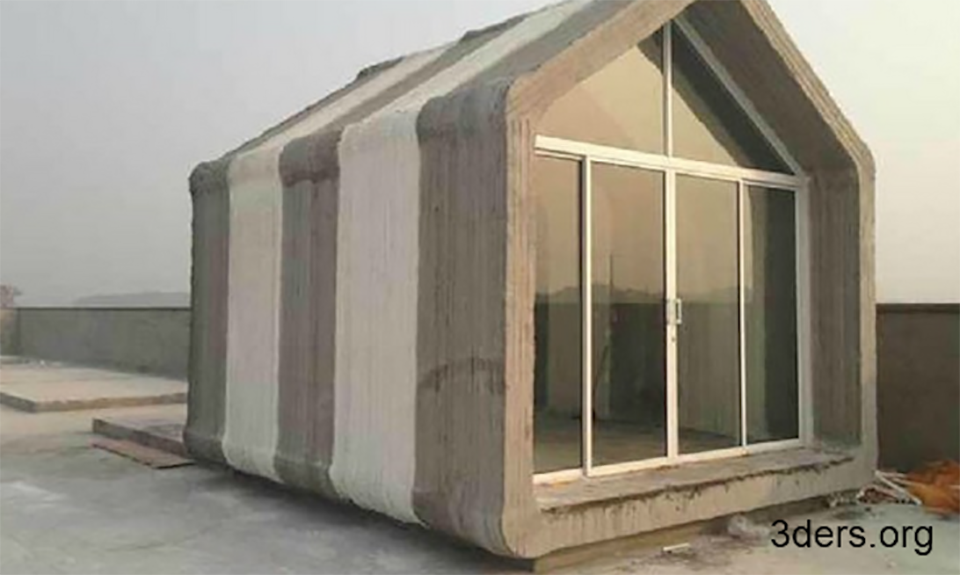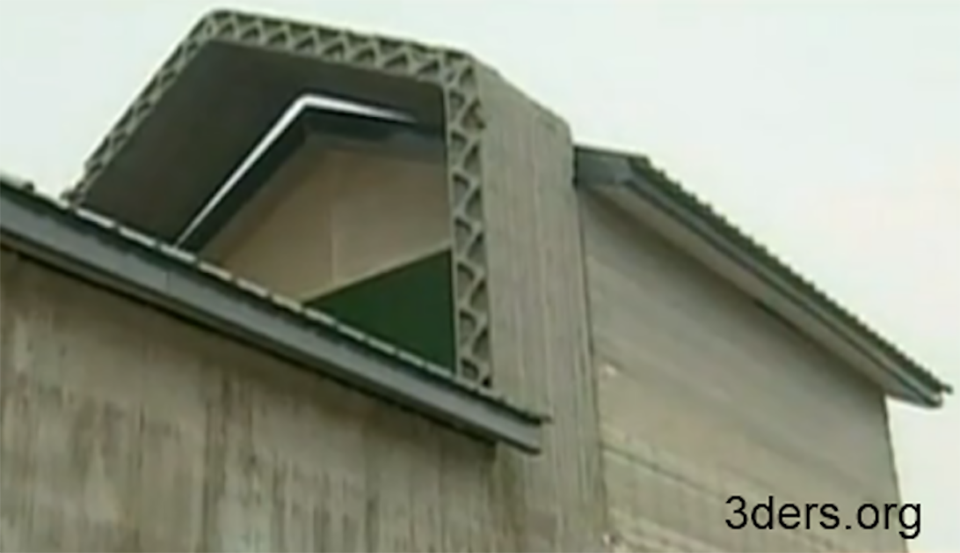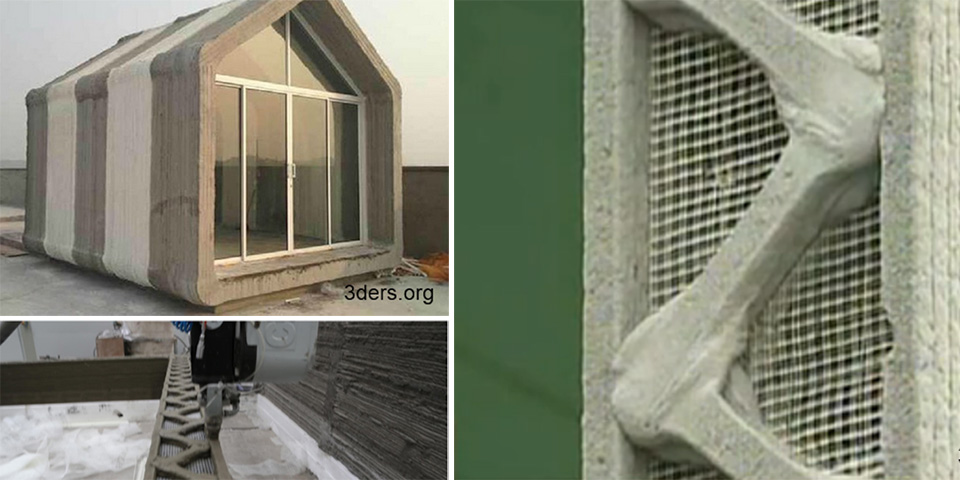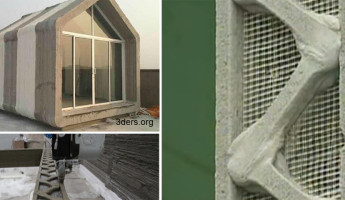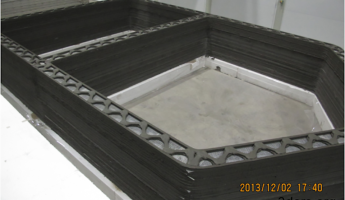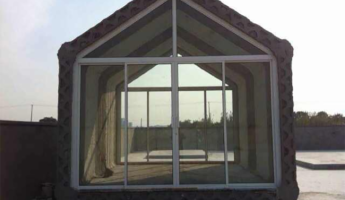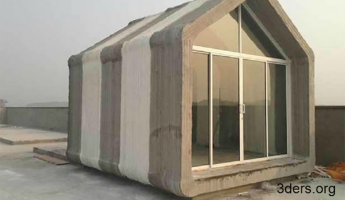The implications are rightly a little startling. With technology of the sort WinSun demonstrated here – which is, admittedly, still in its infancy – the entire construction market could be seeing an overhaul in the near future. Very soon, construction workers might find themselves employed on a factory floor as well as construction sites. Not only that, imagine the implications for housing and urban sprawl – buildings that once took months to construct could be shored up and ready to use in a matter of days – or even hours. It’s likely the next step in the evolution of prefab construction, and it’s happening with largely automated, 3D-printing technology. The buildings were created by a massive 3D printer measuring in at 490 feet long, 33 feet wide, and 20 feet deep. Each structural component of the houses was printed by this machine individually, at which point the parts were all assembled on-site. In order to cut down on costs, the concrete WinSun used in the construction of the frame was assembled partially from recycled construction waste, industrial waste, and glass fibers. Each house measures in at approximately 2,100 square feet in size. WinSun’s immediate goal is to open approximately one hundred recycling factories across the country in order to continue transforming waste products into “ink” for its 3D printers. By creating and producing its houses in this fashion, it estimates that construction companies could cut their costs in half. Eventually, it hopes that the buildings could see use as affordable housing for the poor. [images via 3ders.org, story via inhabitat]
WinSun 3D-Printed Houses | Gallery
